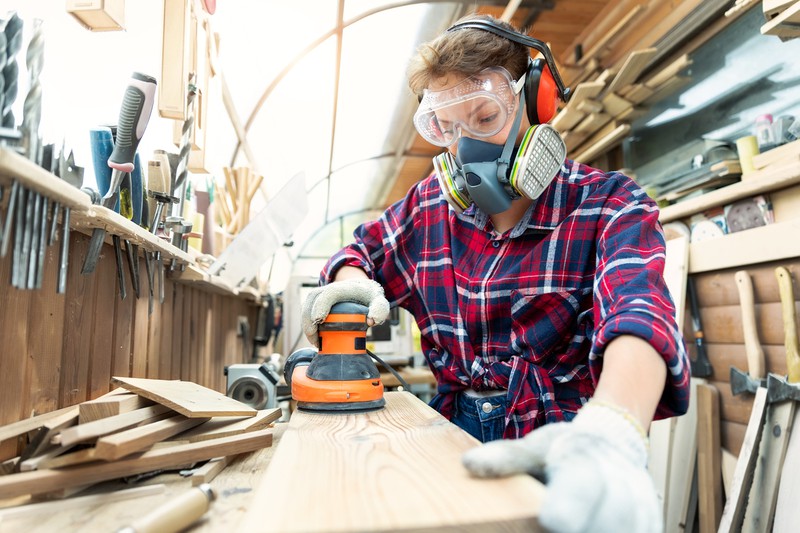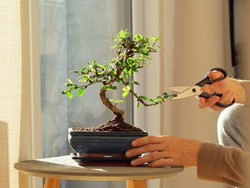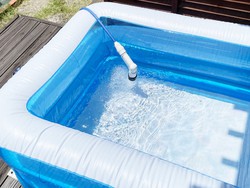How to repair a wooden surface
In addition to being very aesthetically attractive, wood provides warmth and resistance in countless homes and buildings, where many of its elements are made with this natural material (beams, doors, windows, cabinets, furniture and a long etcetera), although it is common damage to wood surfaces over time , such as dents, cracks, scratches and other damage.
In the case of superficial scratches, it would be enough to sand the affected area and apply a coat of the corresponding paint or varnish . But if it is a cleft or crack with a certain depth, you can follow the Bry Tips that we indicate below:

- First, choose a putty in the same color as the surface of the wood to be repaired at any hardware store or DIY center. It is a moldable paste especially suitable for repairing defects in wood and, once we apply it, it hardens. In the market there are putties of numerous shades similar to those of the different types of wood .
- Once the appropriate putty has been chosen, we will take action. First, we will clean the surface with a fine-grained sandpaper , leaving no residue of sawdust or dust. This will help the caulk adhere better to the crack or crevice.
- Next, we will proceed to apply the putty with the help of a spatula . The idea is to completely fill the crack with the paste, so we will apply a generous amount, since as the putty dries and hardens, it loses volume. So we will apply more quantity than at first seems necessary, even if it sticks out of the groove.
- Now it is very important to allow enough time for the putty to dry completely . The number of hours required will be indicated on the package. However, as a general rule, it is advisable to let the putty dry for a minimum of 24 hours .
- After this time, it is time to sand the repaired area with the putty until the surface is completely smooth. We can help ourselves first with a slightly coarser grit sandpaper and then use a fine grit to leave the surface flawless.
- Ready, we already have the damaged wood repaired. Now we will apply a coat of varnish on the area discolored by sanding, and the finish will be perfect.
Wood is of natural origin and has a porous surface that experiences reactions and alterations depending on the climatic conditions of each moment. For example, wood elements that are found outdoors can experience color fading and bulging caused by water and moisture. Although to a lesser degree, furniture and other interior elements of homes and buildings are also susceptible to these reactions, hence the wood protectors are essential to keep it in good condition in the long term . In addition, they are essential so that woodworm and termites do not attack the wood.
So discover our range of wood protectors for both interiors and exteriors, which is made up of oils, varnishes, primers and other products that have been proven to guarantee the maximum durability of the wood.





Our customers trust us
Opinions of our clients
Receive our news